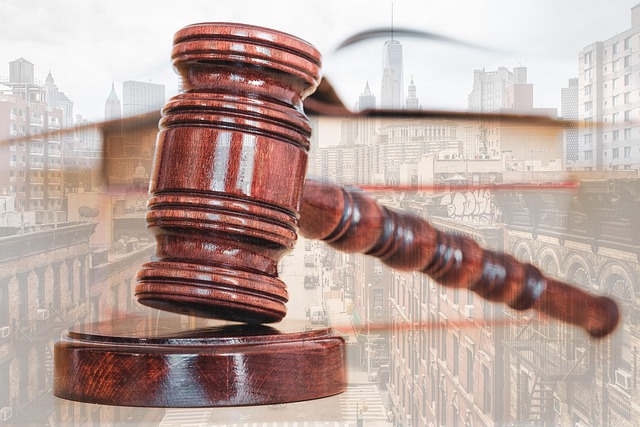Securities Class Actions follow a structured legal process akin to a Criminal Procedure Timeline from arrest to trial. This involves investigation by regulatory bodies like the SEC, evidence gathering, and navigating white-collar defense strategies. The process begins with an investor complaint, progresses through court reviews, fact discovery, class certification, summary judgments, and potentially trial or settlement, ensuring justice for investors while protecting defendants' rights.
Securities class actions are a powerful tool for investors, enabling collective legal action against companies accused of fraudulent or illegal activities. This comprehensive guide delves into the intricacies of securities class actions, offering a detailed breakdown from arrest to trial via criminal procedure steps. Understanding these processes is crucial for navigating the complex landscape of investor rights. Learn about the timeline, key milestones, and procedures involved in securing justice through class action lawsuits, providing investors with a powerful avenue for redress.
- Understanding Securities Class Actions: A Comprehensive Overview
- Criminal Procedure Steps: From Arrest to Verdict
- Class Action Timeline: Legal Process and Key Milestones
Understanding Securities Class Actions: A Comprehensive Overview

Securities Class Actions require a deep understanding of complex legal procedures, often involving intricate financial transactions and significant monetary implications. These actions are collective lawsuits initiated by investors who have suffered losses due to alleged misconduct by corporations or their representatives. Understanding Securities Class Actions involves comprehending the entire process, from the initial allegations to the final resolution, mirroring a structured Criminal Procedure Timeline from arrest to trial.
The process begins with an investigation, often led by regulatory bodies like the SEC (Securities and Exchange Commission), into potential violations of securities laws. This stage is crucial for gathering evidence, identifying perpetrators, and determining liability. The white-collar defense plays a significant role here, as defendants seek to navigate the legal maze and avoid prosecution. As the case advances through all stages of the investigative and enforcement process, from allegations to settlement or trial, high-stakes cases demand meticulous strategy and expertise, ensuring investors’ rights are protected and justice is served.
Criminal Procedure Steps: From Arrest to Verdict

The journey from arrest to verdict in a criminal case is a meticulous process governed by strict legal protocols, collectively known as the criminal procedure timeline. This timeline serves as the backbone of our justice system, ensuring fairness and due process for all accused individuals. It begins with an investigation leading to an arrest, where law enforcement officers gather evidence and interview witnesses to build a strong case against the defendant.
Once charged, the defendant enters the court system, facing a series of legal maneuvers. This phase involves preliminary hearings, grand jury proceedings, and ultimately, a trial. During this process, both the prosecution and defense present their arguments, call witnesses, and submit evidence in what often becomes a complex legal dance. The goal for any general criminal defense attorney is to achieve the best possible outcome, which could result in the complete dismissal of all charges or a verdict in favor of the defendant. The unprecedented track record of successful defenses highlights the intricate strategies employed by these lawyers, navigating the intricate steps of this criminal procedure timeline.
Class Action Timeline: Legal Process and Key Milestones

The journey of a securities class action lawsuit unfolds through a structured legal process, mirroring a criminal procedure timeline from arrest to trial. It begins with the initial filing of a complaint by investors alleging misconduct or violations of securities laws. This marks the arrest of the respective business entities and individuals accused of wrongdoings. The court then conducts a thorough review, examining the merits of the case and determining if it warrants proceeding.
Key milestones follow, including fact discovery where both parties gather evidence, expert analyses, and depositions. As the process advances, class certification becomes a pivotal stage, where the court decides if the case can proceed as a class action. This phase is crucial for investors, as it determines their ability to collectively pursue compensation. Subsequent steps involve summary judgment motions, settlement negotiations, and, ultimately, trial or alternative dispute resolution methods, aiming for a complete dismissal of all charges against the white collar defense.
Securities class actions, a cornerstone of investor protection, streamline legal processes through collective litigation. Understanding the criminal procedure steps from arrest to verdict, alongside the detailed class action timeline, is essential for both plaintiffs and defendants navigating this complex landscape. By adhering to these structured milestones, including key legal decisions and potential outcomes, stakeholders can ensure fairness and efficiency in resolving securities disputes, ultimately fostering trust and transparency in today’s financial markets.






